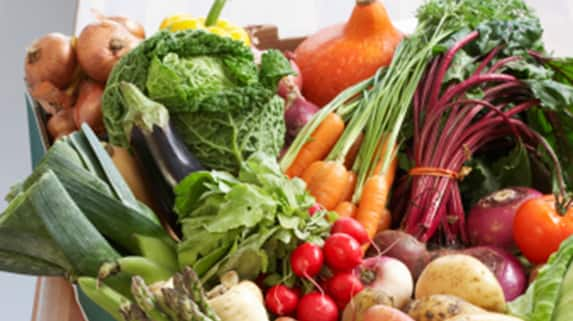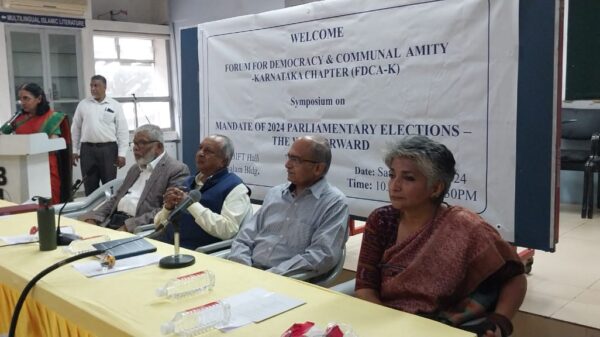The practice of using wastewater to cultivate vegetables in Bengaluru has resulted in elevated levels of heavy metal contamination, a recent study by researchers from the Environment Management and Policy Research Institute (EMPRI) has revealed. The investigation, which examined 400 samples of 10 common vegetables, found that the concentration of heavy metals exceeded the permissible limits set by the Food and Agriculture Organisation (FAO). This has raised concerns about the safety of the vegetables consumed by the residents of Bengaluru, particularly those supplied by various farmer networks and retail outlets in the city.

Source: AisaNet News
Full Story:
Bengaluru, often referred to as the Silicon Valley of India, is home to over one-fifth of the state’s population. A significant portion of its vegetable supply comes from farmers’ networks in the surrounding areas, including Bengaluru Urban, Kolar, Chikkaballapur, Ramanagara, and Bengaluru Rural. While Hopcoms, a government initiative, delivers around 70 tonnes of vegetables, a majority of the population relies on private shops, ranging from pushcarts to supermarkets.
To assess the extent of contamination, EMPRI researchers collected 400 samples from 20 different stores across Bengaluru. These included five high-end supermarkets, five local markets, “organic stores,” and Hopcoms. The samples consisted of ten commonly consumed vegetables: brinjal, tomato, capsicum, bean, carrot, green chili, onion, potato, spinach, and coriander.
The results of the analysis were alarming. The permissible limit for iron, according to FAO, is 425.5 mg/kg. However, beans purchased from reputed organic stores contained a staggering 810.20 mg/kg of iron, while coriander had 945.70 mg/kg, and spinach contained 554.58 mg/kg. Even vegetables from Hopcoms were not spared, with onions containing 592.18 mg/kg of iron.

Source: Oneindia
Cadmium, a toxic element with a FAO-imposed maximum limit of 0.2 mg/kg, was found to be far above the permissible levels in many vegetables. For instance, brinjal from a supermarket in BTM Layout was found to contain 52.30 mg/kg of cadmium, coriander had 53.30/kg, spinach 53.50 mg/kg, and carrot 54.60 mg/kg. Cadmium poses severe health risks, including liver and lung toxicity, as well as immune system impairment.
Lead, known for its extreme toxicity, should not exceed 0.3 mg/kg. Although it was below detectable levels in several vegetables, beans from a supermarket contained 12.20 mg/kg of lead, raising significant health concerns for daily consumers of these vegetables.
The study also pointed out that the concentration of nickel exceeded the prescribed limit of 67.9 mg/kg in green chili, carrot, potato, tomato, and beans. The report stated, “It is clear from the present study that the edible portion of vegetables are hyper-accumulators of heavy metals. Considering the health risks associated with the consumption of these vegetables, it is suggested that cultivation should not use wastewater as a source. Farmers should not resort to unethical farming practices such as irrigating crops with drainage and effluent waters.”

Source: DH
The study particularly highlighted the risks associated with spinach, as leafy vegetables tend to accumulate more heavy metals compared to others due to their higher transpiration rate, necessary for growth and moisture retention.
N Hema, the lead researcher of the one-year study, emphasized the need for a broader investigation into three major issues. First, tracing the sources of the vegetables to ensure evidence-based approaches. Second, prescribing maximum limits for each vegetable and exposure duration. Third, understanding how the exposure affects different age groups, including children, adults, and older individuals. Finally, a comprehensive study is needed to isolate the health impacts of consuming contaminated vegetables.












































































